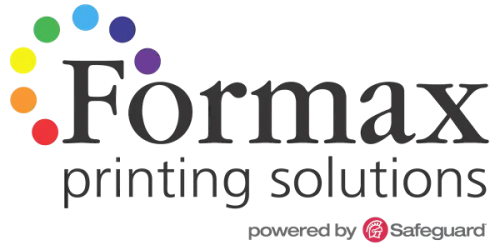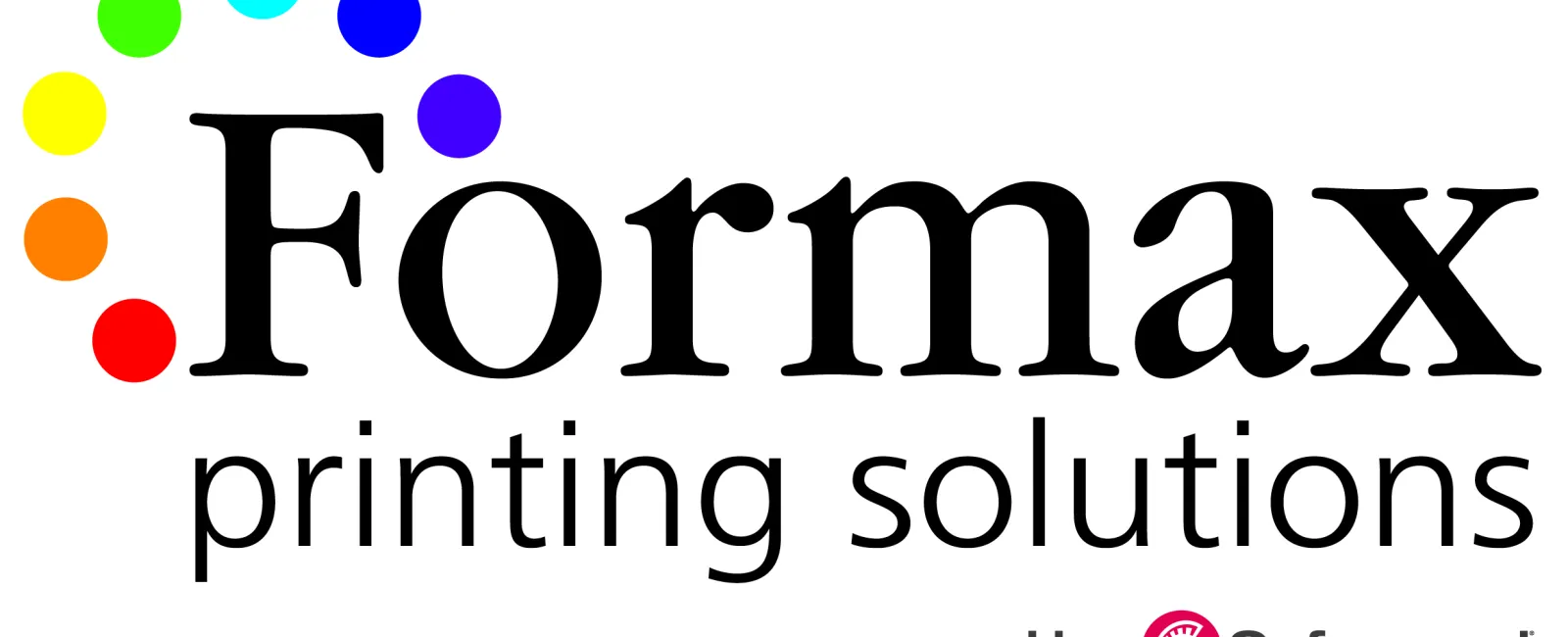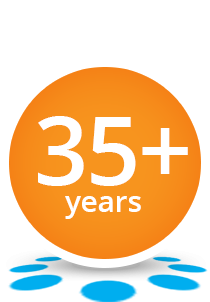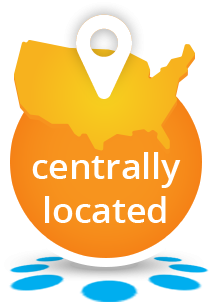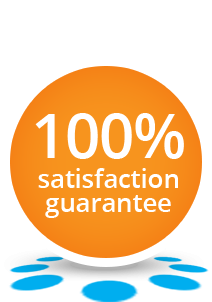The primary benefit of a ringed binder is that pages and inserts can be added or removed very easily, which makes it an excellent choice for information that might need periodic updates. Also, because binders are constructed with a durable cover, the contents of the binder stay well-protected.
Most businesses and organizations use ringed binders for information that changes frequently, such as operation manuals, technical manuals, procedural manuals, and pricing manuals.
Also, binders can easily be created with printed and tabbed inserts that allow quick indexing to a specific page. This feature makes binders a great choice for sales presentations, training classes, seminars and business meetings.
Binders are made from a variety of different materials. Which type of binder to choose depends on its intended usage as well as the budget of the custom binder project. Below is a rundown of the most popular types of ringed binders available-
Vinyl Binders -

Vinyl binders are constructed of rigid chipboard that has been sealed within a durable vinyl covering. If desired, padding can be added between the chipboard and the vinyl covering to give the binder a more supple and plush feel.
Vinyl binders are available in an assortment of standard colors and can be imprinted or foil stamped for customization. A vinyl binder is primarily intended for light to medium handling, making it well-suited for most office applications. Being reliable and cost-effective, vinyl binders are a proven choice.
Clearview Binders -
A Clearview binder is a type of vinyl binder that has one or more clear pockets bonded onto the exterior of the binder. These clear pockets are added to the binder during the manufacturing process and become permanently affixed. Some Clearview binders have a pocket applied to the front only, while others also have pockets applied to the spine and back.
Rather than printing directly on the binder, printed sheets of paper or cardstock are inserted into the pockets. This allows a practical and economical way to add custom printing to an otherwise generic binder. Also, because Clearview binders are a stock item into which a custom-printed cover is inserted, the lead time is generally short compared to other types of customized binders.
Encapsulated Binders -
Like the Clearview binder, an Encapsulatedbinder is also a type of vinyl binder. In fact, it is very similar in appearance to a Clearview binder. However, instead of a clear pocket that is left open at the top, an Encapsulated binder seals the clear pocket after the printed paper sheet or cardstock has been placed inside. Thus, the printed inserts are totally encased within the clear overlay and remain inside permanently. Because Encapsulated binders are custom-made, the lead time is generally longer than that of a Clearview binder.
Polypropylene Binders -
Polypropylene binders, commonly referred to as Poly binders, are created from a single sheet of plastic that has been creased and formed into the binder shape. Depending on the application, the plastic may be flexible or rigid.Poly binders are available in multiple colors and can be custom-printed to your specifications. Because Poly binders are very durable, these binders are well-suited for heavy use, such as outdoor or industrial applications.
Cardstock Binders -
Cardstock binders are made from a single sheet of heavy cardstock that has been creased and folded into the binder shape. Because cardstock can be printed with just about any color scheme or finishing option, this type of binder offers great flexibility in the design.
Cardstock binders are best for light duty applications. Also, because cardstock binders are custom-fabricated, they are not the most economical choice for shorter production runs. However, these binders are one of the more economical binder options when purchased in larger quantities.
Turned-Edge Binders -
A turned-edge binder is similar in construction to the cover of a hardbound book.Like a hardbound book,a turned-edge binder is created by adhering an outer cover over rigid chipboard. In most cases, the outer cover is a custom-printed sheet that has a gloss, matte, or soft-touch laminate applied to the exterior side.
The outer cover is designed so that it overlaps the chipboard substrate and bends around its edges, hence the name "turned-edge." After the outer cover is secured in place, a paper liner is adhered to the binder's inner side to add a finished look to the binder. Turned-edge binders generally sell at a higher price point, but have a very professional and impressive appearance.
If you have any questions about custom-printed binders, or have other questions about binding options or print-related topics, give Formax a call at 866-367-6221. If you already know your specs and would like a quote for an upcoming project, submit our quote request form. As always, we look forward to assisting with your next custom print project!
Take care! Rick
